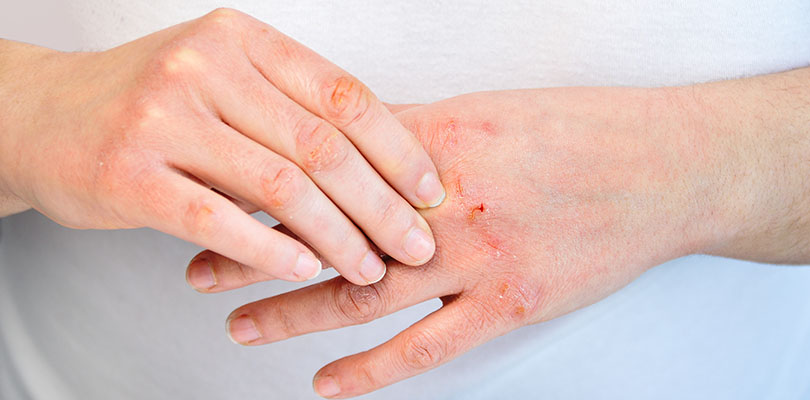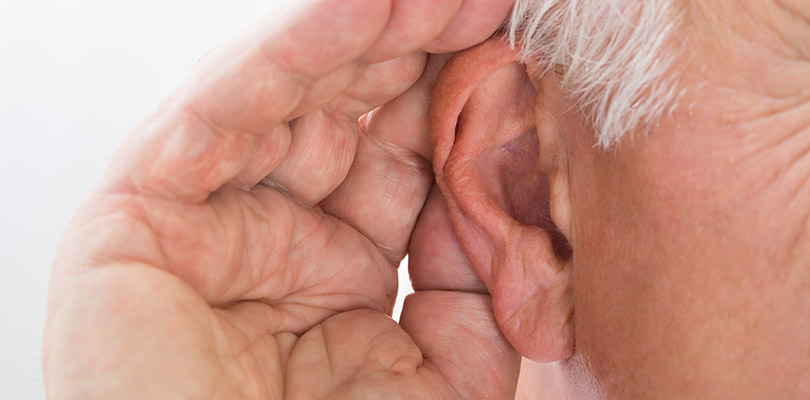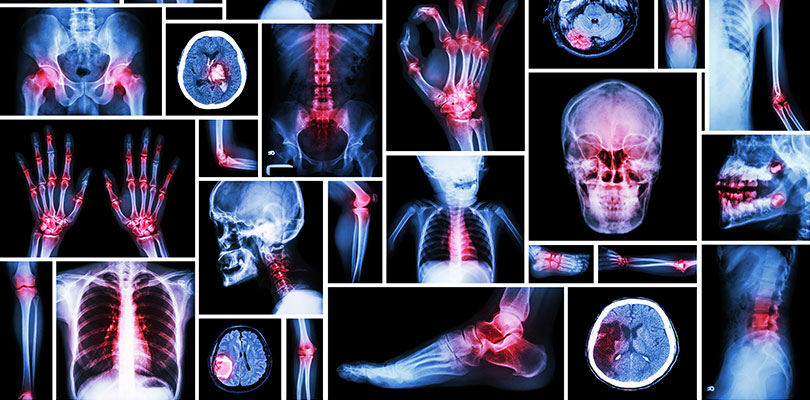Photo Credit: CharlieAJA / iStockphoto.com
Signs of Eating Disorders
Eating disorders certainly aren’t new. The media has covered them — even glamorized them — for years, and the modern beauty ideal doesn’t exactly support a healthy relationship with food. Experts estimate that up to 30 million Americans suffer from anorexia, bulimia, or binge eating, but it’s not always easy to spot an eating disorder before it becomes a problem that can’t be ignored.
One thing is for sure — although they wreak havoc on physical health, eating disorders are mental conditions that need to be approached with care and expertise. The earlier you can spot the condition, the more damage can be prevented (and reversed), and the sooner you can get yourself or your loved one on track to a better, healthier life.
Main Types of Eating Disorders
Eating disorders can manifest in unpredictable ways, but they generally fit into one of three main categories:
Anorexia Nervosa
A well-known and, sadly, widespread eating disorder, anorexia involves a pervasive fear of gaining weight. Anorexic people put a huge amount of effort into controlling their body weight, a commitment that will eventually interfere with quality of life and daily responsibilities.
Those with anorexia have a distorted or unrealistic perception of their body shape and weight. Therefore, their weight loss goal is always being pushed further; the disorder is usually more about the struggle for control, not the perfect end result.
This process of conscious starvation usually comes with a fair bit of manipulation, concealment, and suspicion. As the disorder advances, victims of anorexia often hide food, lie about their food intake, and take elaborate measures to cover up their secretive efforts to lose more weight.
Bulimia Nervosa
Bulimia is similar to anorexia in that it rests on a fear of weight gain. However, a bulimic’s relationship with food is a bit more complicated: instead of avoiding it altogether, they overeat at regular intervals and then get rid of the calories in unhealthy ways.
Although binging and purging (vomiting) is the most common form of bulimia, some cases don’t involve purging at all. Laxatives to bypass digestion and calorie absorption, or sometimes excessive exercise to burn off all the calories can achieve the same result. In any case, bulimia usually involves feelings of guilt, shame, and loss of control alongside the fear of gaining weight.
Binge Eating Disorder
When you binge eat large amounts without trying to make up for the calorie intake afterward, you suffer from binge eating disorder rather than bulimia. That same lack of control over food is there – in fact, there could be even more pronounced feelings of helplessness and disgust after a binge episode.
Hiding eating habits are commonplace, but in contrast to anorexia, guilt is likely the motivating factor with binge eating. Those with a binge eating disorder usually succumb to the urge to binge at least once a week and are often overweight or obese.
Eating disorders that don’t quite fit into any of the three categories are sometimes labeled EDNOS (Eating Disorder Not Otherwise Specified). This is where less common variants of the main types of disorders usually fall, including anorexia with normal weight, purging without binge eating, and night eating syndrome.
Unusual syndromes like pica (craving and eating inedible items), or avoidant/restrictive food intake disorder (inadequate eating, but not for fear of weight gain) also belong in this fourth category.
Atopic dermatitis (AD) is a common type of eczema which first presents itself in children and may persist into adulthood. Learn more about AD here.
Common Characteristics
Different eating disorders will call for different treatment approaches since they each involve their own set of emotions, obsessive behavior, and health concerns. However, they do have some things in common, like:
- Extreme reactions to food
- A constant struggle for control
- Self-esteem tied firmly to body image
- Inability to see the severity of the problem
All eating disorders cause distress, impair judgment, and lead quickly to health problems – some of which may not be reversible. It’s important to understand how pervasive these disorders are to appreciate how the cycle can be stopped.
Signs of an Eating Disorder: When to Be Concerned
Eating disorders tend to start quietly. A couple of fad diets, some negative self-talk, excessive exercise, or seeming self-conscious about eating can be the first signs that something more serious has begun. Once the disorder starts to take over, you might notice some of these common warning signs:
Avoiding Group Meals
Whether it’s because they don’t want you to see how much they’re eating or how little they’re eating, many people with eating disorders will try their best to avoid eating in front of other people — especially family and close friends, who are more likely to be concerned about the behavior. When they do eat in front of others, they may misdirect your attention, or use conversation as a distraction.
In some cases, anorexics will go to great lengths to serve up a feast in order to eat vicariously through others. Those who deny themselves food can quickly become obsessed with food and eating, cooking elaborate dinners for friends and family, collecting cookbooks, and even arranging food in pantries and cupboards.
Preoccupation With Food and Food Culture
Talking about food isn’t necessarily strange, but when the topic always seems to come back to diets, eating habits, or weight loss, it’s a sign that food is taking center stage in a person’s life. People with anorexia often become critical of any dietary practice that doesn’t fit into their narrow view on appropriate eating.
In other cases, an overly restrictive diet, or a series of fad diets can signal that something’s not right. Veganism or vegetarianism can be healthy lifestyle changes, but they can also be excuses to cut out fattening and high-calorie foods.
Digestive Complaints
Binging, purging, and starving will all have effects on digestion. Persistent complaints about constipation, stomach cramping or bloating can be signs of an eating disorder that is progressing and interfering with the body’s natural processes.
Other physical changes can come along with digestion problems. As they lose more and more weight, anorexics will begin to look gaunt, and if the liver sustains damage, they make become jaundiced.
Dental problems are not uncommon, especially if purging is involved: stomach acid that is brought back up into the mouth will eventually wear down tooth enamel.
Denial
Not surprisingly, most people who suffer from eating disorders don’t want help – in fact, they don’t even want you to know about their eating habits.
Hoarding food, hiding packaging, and wearing oversized clothing are all tools to help them keep their eating disorder a secret, and when confronted, they’ll probably respond defensively.
Eating disorders often coexist with other psychological issues, like depression or anxiety. If you suspect that someone close to you may have an eating disorder, it may help to take a step back and assess the other worrying aspects of their life or personality.
You might find a pattern that warrants more attention, and helps you approach the issue with insight and sympathy.







